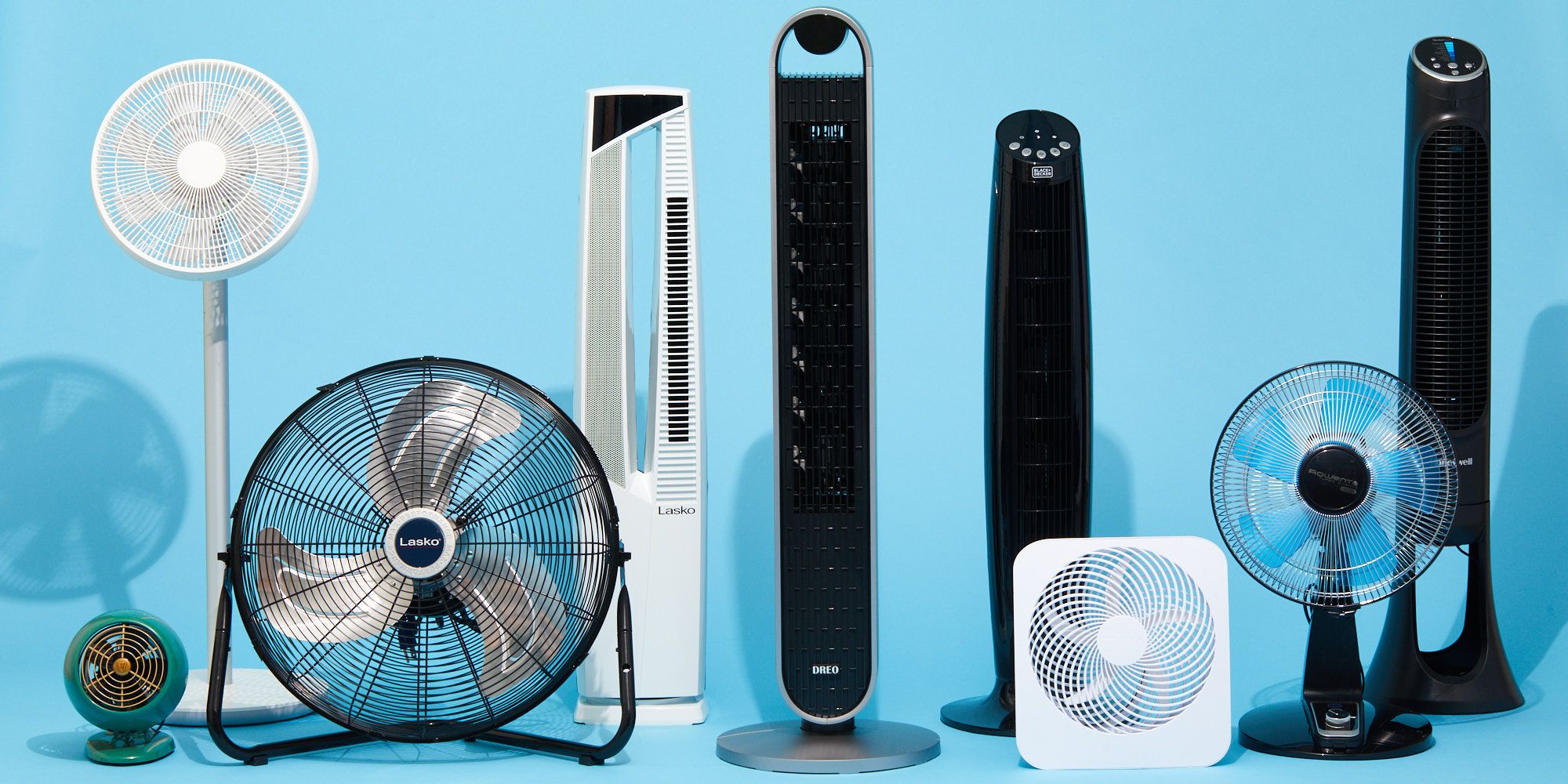

Articles
What Is A Oscillating Fan
Modified: February 20, 2024
Looking for articles on oscillating fans? Learn more about the benefits and features of these popular cooling devices. Find the information you need here!
(Many of the links in this article redirect to a specific reviewed product. Your purchase of these products through affiliate links helps to generate commission for Storables.com, at no extra cost. Learn more)
Introduction:
When it comes to beating the heat and creating a comfortable environment, an oscillating fan is a popular choice. This versatile appliance not only provides a cool breeze but also helps to circulate air in a room, providing relief from stuffiness. Whether you’re at home, in the office, or enjoying the outdoors, an oscillating fan can make a significant difference in your comfort level.
But what exactly is an oscillating fan, and how does it work? In this article, we will explore the ins and outs of oscillating fans, including their benefits, types, factors to consider when buying one, maintenance tips, troubleshooting guide, and safety precautions.
An oscillating fan is a type of electric fan equipped with a motor that rotates the fan head from side to side. Unlike traditional fans that blow air in one direction, an oscillating fan moves back and forth, creating a wider distribution of airflow. This oscillation allows the fan to cover a larger area and provide a refreshing breeze to multiple people in a room.
The mechanism behind an oscillating fan is relatively simple. Inside the fan head, there is a motor that powers the oscillation feature. This motor is connected to gears or a cam assembly, which controls the movement of the fan head. As the motor rotates, it causes the fan head to pivot from left to right and vice versa. This back-and-forth motion results in a constant change in the direction of airflow, providing a pleasant and consistent cooling effect.
There are several benefits to using an oscillating fan. Firstly, as mentioned earlier, the oscillation feature allows the fan to cover a larger area, making it ideal for areas where multiple people need to be cooled simultaneously. Additionally, the oscillating motion helps to circulate air more effectively, preventing stagnant air pockets and improving overall ventilation in a room.
Another advantage of oscillating fans is their versatility. These fans come in various sizes and designs, making them suitable for different spaces and situations. From compact desk fans for personal use to larger pedestal fans for larger rooms or outdoor spaces, there is an oscillating fan to suit every need.
In the next sections, we will explore the different types of oscillating fans available, factors to consider when buying one, maintenance and cleaning tips, troubleshooting guide for common issues, and safety precautions to ensure a safe and enjoyable experience with your oscillating fan. So, if you’re interested in learning more about oscillating fans, keep reading!
Key Takeaways:
- Oscillating fans provide wide coverage, improved air circulation, and versatility, making them a cost-effective and practical solution for cooling and enhancing comfort in various environments.
- When buying an oscillating fan, consider factors such as fan size, noise level, speed settings, oscillation angle, additional features, energy efficiency, build quality, and budget to ensure you choose the right fan for your specific needs.
Read also: 13 Best Oscilating Fan for 2024
Definition of an Oscillating Fan:
An oscillating fan is a type of electric fan that is designed to move its fan head back and forth in a sweeping motion. Unlike traditional fans that blow air in a fixed direction, an oscillating fan rotates its fan head horizontally, covering a wider area and providing a more even distribution of cool air.
The oscillation feature is what sets an oscillating fan apart from regular fans. It allows the fan to provide a refreshing breeze to a larger space, making it ideal for cooling multiple people or circulating air in a room more effectively. The movement of the fan head creates a continuous change in the direction of airflow, preventing stagnant air pockets and maintaining a comfortable environment.
Oscillating fans come in various sizes and styles, ranging from portable desk fans to tower fans and pedestal fans. They are commonly used in homes, offices, bedrooms, living rooms, and even outdoor areas like patios and porches. Some oscillating fans also come with additional features such as variable speed settings, adjustable height, remote control operation, and built-in timers for added convenience.
The design of an oscillating fan typically consists of a fan head and a stand or base. The fan head houses the fan blades, motor, and oscillation mechanism. The number and size of the fan blades can vary depending on the model, with larger blades generally producing stronger airflow. The stand or base provides stability and support, allowing the fan to be placed on a flat surface or mounted on a wall.
Operating an oscillating fan is usually straightforward. Most models have a control panel or buttons that allow you to adjust the fan’s settings, such as speed, oscillation angle, and timer. Some oscillating fans also have built-in air filters or ionizers to help improve air quality by removing dust, allergens, and odors from the air.
Overall, an oscillating fan is a versatile and effective cooling solution that offers more flexibility in directing airflow compared to traditional fans. With their wide coverage, improved air circulation, and various features, oscillating fans provide a comfortable and refreshing breeze wherever they are used.
How Does an Oscillating Fan Work?
At first glance, an oscillating fan might seem like magic, with its ability to move the fan head back and forth and create a wide distribution of cool air. But in reality, the mechanism behind an oscillating fan is quite simple yet ingenious.
Inside the fan head of an oscillating fan, there is a motor that powers the entire operation. This motor is connected to a set of gears or a cam assembly, which controls the movement of the fan head. As the motor rotates, it causes the gears or cam assembly to move in a circular motion.
The gears or cam assembly are designed in such a way that they convert the rotational motion of the motor into the horizontal sweeping motion of the fan head. This is achieved by connecting the motor’s rotating shaft to a rotating plate or cam that has an offset pin or eccentric lobe. As the motor turns, the pin or lobe pushes against a lever or a series of levers, causing the fan head to pivot.
The pivotal motion of the fan head can vary depending on the design of the oscillating fan. Some models have a fixed angle of oscillation, while others allow for adjustable angles, giving you the flexibility to direct the airflow in a specific direction or cover a wider area.
As the fan head oscillates, the fan blades attached to it start spinning, drawing air in from behind and pushing it forward. This movement creates a steady flow of cool air that is distributed throughout the room. The oscillation feature ensures that the airflow is constantly changing direction, preventing stagnant air pockets and improving overall ventilation.
In addition to the oscillation feature, most oscillating fans also have different speed settings that allow you to adjust the intensity of the airflow. This is achieved by controlling the speed of the motor, which in turn affects the rotation speed of the fan blades.
Overall, the workings of an oscillating fan involve a motor, gears or a cam assembly, and a fan head with blades. The motor powers the rotation and oscillation of the fan head, while the fan blades create the airflow that provides a refreshing breeze. The combination of these components results in a cooling effect that helps to maintain a comfortable and well-ventilated environment.
So the next time you turn on an oscillating fan and feel the cool breeze sweeping across the room, you’ll have a better understanding of the clever mechanisms at play.
Benefits of Using an Oscillating Fan:
Oscillating fans offer numerous benefits that make them a popular choice for cooling and improving air circulation in various environments. Whether you’re at home, in the office, or enjoying the outdoors, here are some of the advantages of using an oscillating fan:
- Wide Coverage: One of the primary benefits of an oscillating fan is its ability to cover a larger area with its sweeping motion. Unlike traditional fans that blow air in one direction, the oscillation feature allows the fan to distribute cool air across a wider space. This makes it ideal for rooms where multiple people need to be cooled simultaneously or for creating a comfortable environment in larger areas.
- Improved Air Circulation: The back-and-forth motion of the fan head helps to circulate air more effectively. By constantly changing the direction of airflow, an oscillating fan prevents stagnant air pockets and promotes better ventilation. This can be especially beneficial in rooms with limited airflow or areas where the air tends to feel stuffy.
- Enhanced Comfort: Oscillating fans provide a refreshing breeze that helps to cool down the surrounding space. The constant airflow can provide relief on hot and humid days, making it more comfortable for you to relax, work, or sleep. The ability to adjust the speed of the fan allows you to customize the cooling effect according to your preference.
- Versatility: Oscillating fans come in various sizes and styles, offering versatility in their usage. From compact desk fans that are perfect for personal use to larger pedestal fans for bedrooms, living rooms, or outdoor spaces, there is an oscillating fan to suit every need. Some models also come with additional features such as adjustable height, remote control operation, and built-in timers, adding to their convenience and usability.
- Energy Efficiency: Oscillating fans are generally more energy-efficient compared to other cooling options, such as air conditioners. They consume less power while still providing a significant cooling effect. By using an oscillating fan instead of constantly running an air conditioner, you can save on energy costs without compromising on comfort.
- No Installation Required: Unlike air conditioning units or cooling systems that require professional installation, oscillating fans are easy to set up and use right out of the box. They typically come with a cord that can be plugged into a standard power outlet, and they can be placed on a flat surface or mounted on a wall with minimal effort.
Overall, oscillating fans offer a cost-effective and versatile solution for cooling and improving air circulation in various environments. Their wide coverage, improved airflow, comfort-enhancing features, and ease of use make them a practical choice for staying cool and comfortable during hot summer days or whenever you need a refreshing breeze.
Types of Oscillating Fans:
Oscillating fans come in a variety of types and designs, each suited for different spaces and situations. Here are some of the common types of oscillating fans available on the market:
- Tabletop Fans: Tabletop fans, also known as desk fans, are compact and portable oscillating fans designed to sit on a table, desk, or any flat surface. They are ideal for personal use, providing a cool breeze in close proximity. Tabletop fans are perfect for offices, bedrooms, or small spaces where you need a cooling effect targeted for an individual.
- Tower Fans: Tower fans are tall and slim oscillating fans that often have a sleek and modern design. They take up minimal floor space while providing powerful airflow. Tower fans are suitable for larger rooms or areas where you want to distribute cool air evenly. They often come with various speed settings, timer functions, and remote control operation for convenience.
- Pedestal Fans: Pedestal fans are similar to tower fans but come with an adjustable height feature. They consist of a fan head mounted on a tall stand or pedestal. The height can usually be adjusted, allowing you to direct the airflow at different levels. Pedestal fans are versatile and can be used in living rooms, bedrooms, or outdoor spaces like patios or porches.
- Wall-Mounted Fans: Wall-mounted fans are designed to be installed on walls, providing airflow at a fixed position. They are a great space-saving option, as they don’t take up floor space. Wall-mounted fans are often used in commercial settings, garages, workshops, or areas where a permanent installation is preferred.
- Window Fans: Window fans are designed to be mounted in windows or in openings to draw in fresh air from outside or expel stale air from indoors. They often come with a dual-fan system and reversible airflow, allowing you to bring in cool air or exhaust hot air depending on your needs. Window fans are an energy-efficient option for improving ventilation in a room.
- Ceiling Fans: While not typically categorized as oscillating fans, ceiling fans can also provide oscillation-like movement. Ceiling fans have rotating blades that create a circulating breeze in a room. Some ceiling fans come with a built-in oscillating feature that allows the entire fan unit to sway back and forth, enhancing the airflow range. Ceiling fans are commonly used in living rooms, bedrooms, and outdoor areas.
Choosing the right type of oscillating fan depends on the space, purpose, and personal preferences. Consider factors such as room size, portability, desired airflow range, additional features, and aesthetic appeal when selecting an oscillating fan that best suits your needs.
When using an oscillating fan, make sure to place it in a location where it can effectively circulate air throughout the room. Avoid placing it near obstacles or walls that may block the airflow.
Read also: 14 Best Oscillating Fan for 2024
Factors to Consider When Buying an Oscillating Fan:
When looking to purchase an oscillating fan, there are several important factors to consider to ensure that you choose the right one for your needs. Here are some key factors to keep in mind when buying an oscillating fan:
- Fan Size: The size of the oscillating fan will determine its airflow output and coverage area. Consider the dimensions of the space where you plan to use the fan and choose a size that suits it. For personal use in small rooms, a compact tabletop fan might be sufficient, while larger rooms may require a pedestal or tower fan for better air circulation.
- Noise Level: Some fans can produce noise while operating, which can be a concern, especially if you plan to use the fan in a bedroom or office. Look for fans that are designed to operate quietly. Check the noise levels specified by the manufacturer or look for fans with noise-reducing features, such as blade designs or sound-optimized motors.
- Speed Settings: The ability to adjust the speed of the fan allows you to customize the airflow according to your preference. Look for fans with multiple speed settings, typically ranging from low to high. This flexibility allows you to set the fan speed to a comfortable level, whether you prefer a gentle breeze or a stronger cooling effect.
- Oscillation Angle: Consider the oscillation angle of the fan. Some models offer a fixed-angle oscillation, while others allow for adjustable angles. Adjustable angles provide more flexibility in directing the airflow to specific areas or covering a wider space. Choose a fan with an oscillation angle that suits your needs.
- Additional Features: Many oscillating fans come with extra features that can enhance convenience and functionality. These may include remote control operation, adjustable height or tilt, built-in timers, sleep mode, air ionizers, or even air filtration systems. Consider which features are important to you and select a fan that offers the desired additional functions.
- Energy Efficiency: Look for fans that are energy-efficient to help reduce electricity consumption. Fans with energy-saving motors or those with energy star ratings are good options. Additionally, consider fans with programmable timers that allow you to schedule the operating hours and avoid unnecessary power usage.
- Build Quality and Durability: It’s important to choose a fan that is well-made and durable, ensuring longevity and reliability. Look for fans with sturdy construction and quality materials. Read reviews or check for customer feedback to assess the durability and performance of the fan you are considering.
- Budget: Lastly, consider your budget. Oscillating fans come in a range of prices, from budget-friendly options to more sophisticated models with advanced features. Set a budget range and compare different models within that range to find the best balance between features, quality, and price.
By carefully considering these factors, you can choose an oscillating fan that meets your specific needs and preferences, providing efficient cooling and airflow wherever you need it.
Maintenance and Cleaning Tips for Oscillating Fans:
Regular maintenance and cleaning of your oscillating fan are essential to ensure optimal performance and longevity. Here are some helpful tips to keep your oscillating fan running smoothly:
- Unplug the Fan: Before performing any maintenance or cleaning, always unplug the fan from the power source to ensure your safety.
- Dust the Fan Blades: Dust accumulation on the fan blades can affect airflow and reduce performance. Use a soft cloth or a brush to gently wipe away dust and debris from the blades. Take extra care when cleaning the blades to avoid bending or damaging them.
- Remove Grilles and Covers: If possible, remove the grilles or covers from the fan for more thorough cleaning. Refer to the manufacturer’s instructions for guidance on disassembling the fan. This allows you to access hard-to-reach areas and clean them more effectively.
- Clean the Grilles and Covers: Use a mixture of mild detergent and water to clean the grilles or covers. Gently scrub them with a soft brush or sponge to remove dirt and grime. Rinse with clean water and allow them to dry completely before reattaching them to the fan.
- Clean the Fan Housing: Wipe down the fan housing using a damp cloth or sponge. Avoid using excessive water to prevent damage to the fan’s internal components. Pay attention to the areas around buttons or controls, as dust and dirt can accumulate there.
- Check and Clean the Oscillation Mechanism: Inspect the oscillation mechanism for any debris or obstructions that may hinder its movement. Gently clean the gears or cam assembly using a brush or cloth to remove any dirt or dust buildup. Ensure that the mechanism moves smoothly and without any resistance.
- Inspect the Power Cord: Regularly inspect the power cord for any signs of damage, such as fraying or exposed wires. If you notice any issues, discontinue use and replace the power cord to avoid electrical hazards.
- Keep the Fan in a Clean Environment: To minimize dust buildup on the fan, try to keep it in a clean and well-ventilated environment. Regularly dust and clean the surrounding area to prevent dust from accumulating on the fan’s components.
- Follow Manufacturer’s Instructions: Always refer to the manufacturer’s instructions for specific cleaning and maintenance guidelines. Different models may have unique requirements, so it’s important to follow the recommendations provided by the manufacturer.
By following these maintenance and cleaning tips, you can ensure that your oscillating fan remains in good working condition, providing efficient cooling and airflow for years to come.
Common Issues and Troubleshooting Guide for Oscillating Fans:
While oscillating fans are generally reliable, they can sometimes encounter issues that affect their performance. Here are some common problems you may encounter with an oscillating fan and some troubleshooting tips to resolve them:
- Fan Not Oscillating: If your fan is not oscillating as it should, first check if the oscillation feature is turned on. Some fans have a switch or button to enable or disable oscillation. Make sure it is set to the desired position. If the oscillation is still not working, check for any obstructions or debris that may be blocking the oscillation mechanism. Clean the mechanism and make sure it moves freely.
- Weak Airflow: If the fan is running but the airflow seems weak, check the fan blades for dust or dirt buildup. Cleaning the blades can improve airflow. Additionally, check the speed setting of the fan. Ensure it is set to a higher speed for stronger airflow. If the issue persists, there may be an issue with the motor or internal components. Contact the manufacturer or a professional for further assistance.
- No Power: If the fan is not turning on at all, check if it is properly plugged into a working power outlet. Test the outlet with another device to ensure it is functioning correctly. If the fan is plugged in correctly and there is still no power, check the fuse or circuit breaker. It may have tripped or blown, causing a power outage. Reset or replace the fuse/breaker as necessary.
- Unusual Noises: If your fan is making unusual noises, such as rattling or grinding sounds, it may indicate a mechanical issue. First, check for any loose parts or screws and tighten them if needed. If the noise continues, it could indicate a problem with the motor or internal components. In such cases, it’s best to contact the manufacturer or a professional for repair or troubleshooting.
- Fan Overheating: Overheating can be a safety concern. If you notice that your fan is becoming excessively hot during operation, it may be due to a blockage or restricted airflow. Check for any obstructions around the fan or on the grilles that may prevent proper ventilation. Clean the fan and surrounding area to ensure unrestricted airflow. If the problem persists, it could be a sign of a mechanical or electrical issue, and professional assistance may be necessary.
- Remote Control Malfunction: If you are experiencing issues with the remote control operation, check if the batteries are properly inserted and charged. Ensure there are no obstructions between the remote and the fan. If the problem continues, try resetting the remote or refer to the manufacturer’s instructions for troubleshooting steps specific to the remote control model.
It’s important to note that if you are experiencing any issues with your oscillating fan and you are unsure of how to fix them, it is best to consult the manufacturer’s instructions or contact their customer support for assistance. They will have the specific knowledge and expertise to help you resolve any technical problems with your oscillating fan.
Safety Precautions When Using an Oscillating Fan:
While oscillating fans are generally safe to use, it’s important to prioritize safety when operating any electrical appliance. Here are some essential safety precautions to keep in mind when using an oscillating fan:
- Read the User Manual: Before using your oscillating fan, carefully read and understand the instructions provided in the user manual. Familiarize yourself with the specific safety guidelines and operating procedures outlined by the manufacturer.
- Ensure Proper Placement: Place the fan on a stable and flat surface, away from edges or areas where it may be at risk of falling. If using a pedestal or wall-mounted fan, ensure that it is securely mounted and properly aligned to prevent accidents or damage.
- Keep Away from Water: Avoid using the fan in wet or damp areas, as water and electricity can be a dangerous combination. Never touch the fan or its controls with wet hands. If the fan gets wet accidentally, unplug it immediately and allow it to dry completely before use.
- Keep Objects Away from the Fan: Do not place objects, clothing, or other items on or near the fan while it is in operation. This can obstruct airflow and potentially damage the fan. Keep curtains, loose papers, and any other flammable materials away from the fan to reduce the risk of fire hazards.
- Do Not Tamper with the Fan: Avoid tampering with the fan’s internal components or attempting any repairs unless you are a trained professional. Opening the fan or modifying its parts can expose you to electrical hazards and void the warranty.
- Use the Correct Voltage: Ensure that the fan is compatible with the voltage supply in your area. Using the wrong voltage can damage the fan and pose a safety risk. Check the label or specifications of the fan to determine the appropriate voltage requirement.
- Avoid Overloading Electrical Outlets: Do not overload electrical outlets by plugging in too many devices at once. Ensure that the fan is connected to a dedicated outlet and not sharing power with other high-energy appliances.
- Unplug when not in use: When you are finished using the fan, always remember to unplug it from the power source. This prevents any accidental power surges or electrical hazards when the fan is not in operation.
- Keep Out of Reach of Children: Keep the fan out of reach of children and supervise their interaction with it to prevent accidents or injuries. Ensure that children understand the potential dangers associated with operating an electrical appliance.
- Regular Maintenance: Perform regular maintenance and cleaning as outlined in the manufacturer’s instructions. This helps to prevent dust buildup and ensures the fan operates efficiently and safely.
By following these safety precautions, you can enjoy the benefits of your oscillating fan while minimizing potential risks and creating a safe environment for you and others.
Read also: 12 Best Fan Oscillating for 2024
Conclusion:
Oscillating fans are versatile and efficient appliances that provide a refreshing breeze and improve air circulation in a variety of settings. Whether you’re looking to cool down a room, enhance ventilation, or create a more comfortable environment, an oscillating fan offers an effective solution.
In this article, we explored the definition and working mechanism of oscillating fans. We discussed the benefits of using these fans, including their wide coverage, improved air circulation, versatility, energy efficiency, and ease of use. We also explored the different types of oscillating fans available, such as tabletop fans, tower fans, pedestal fans, wall-mounted fans, window fans, and even ceiling fans.
When buying an oscillating fan, it’s important to consider factors such as fan size, noise level, speed settings, oscillation angle, additional features, energy efficiency, build quality, and your budget. Regular maintenance and cleaning are essential to keep your fan running smoothly and efficiently. By following the safety precautions, you can ensure a safe and enjoyable experience when using an oscillating fan.
Whether you’re using an oscillating fan in your home, office, or outdoor space, these fans offer a practical and cost-effective way to beat the heat and improve air circulation. From small desk fans to large pedestal fans, there is an oscillating fan to suit every need and space.
In conclusion, oscillating fans are valuable appliances that provide cooling comfort and enhanced air movement. With their ability to oscillate and distribute air across a wider area, they create a more pleasant and refreshing environment wherever they are used. So, invest in an oscillating fan to enjoy the benefits of efficient cooling and improved ventilation all year round.
Frequently Asked Questions about What Is A Oscillating Fan
Was this page helpful?
At Storables.com, we guarantee accurate and reliable information. Our content, validated by Expert Board Contributors, is crafted following stringent Editorial Policies. We're committed to providing you with well-researched, expert-backed insights for all your informational needs.
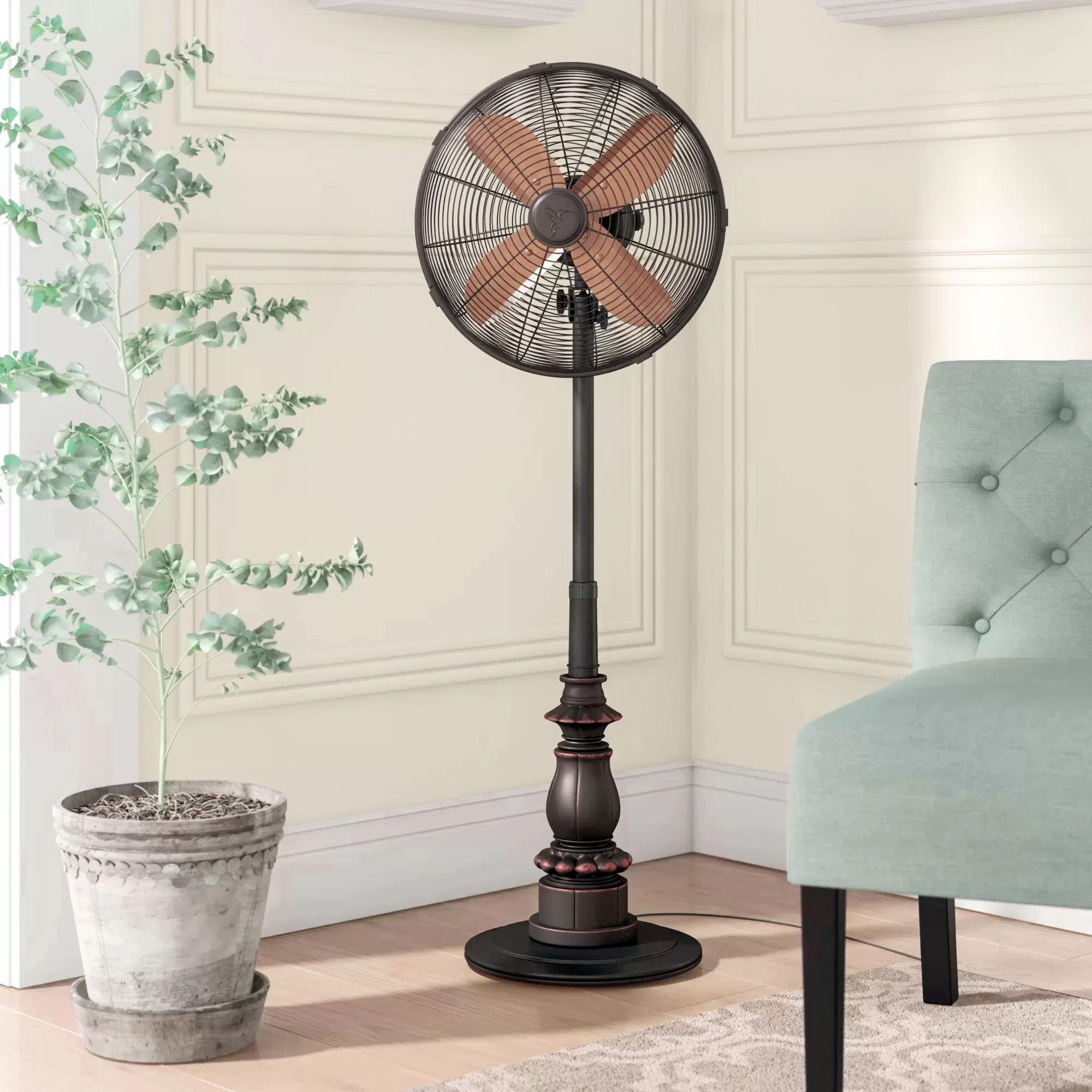
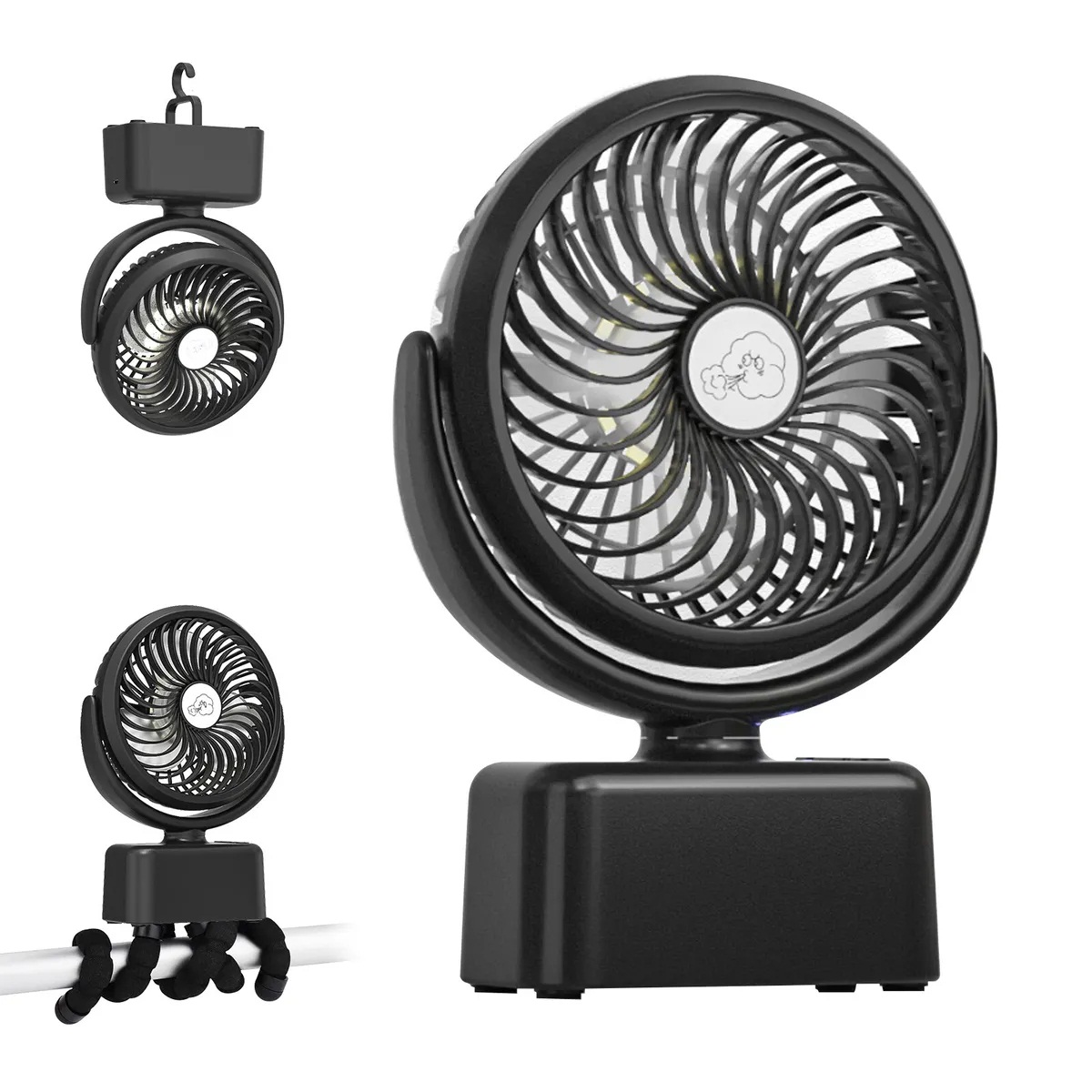
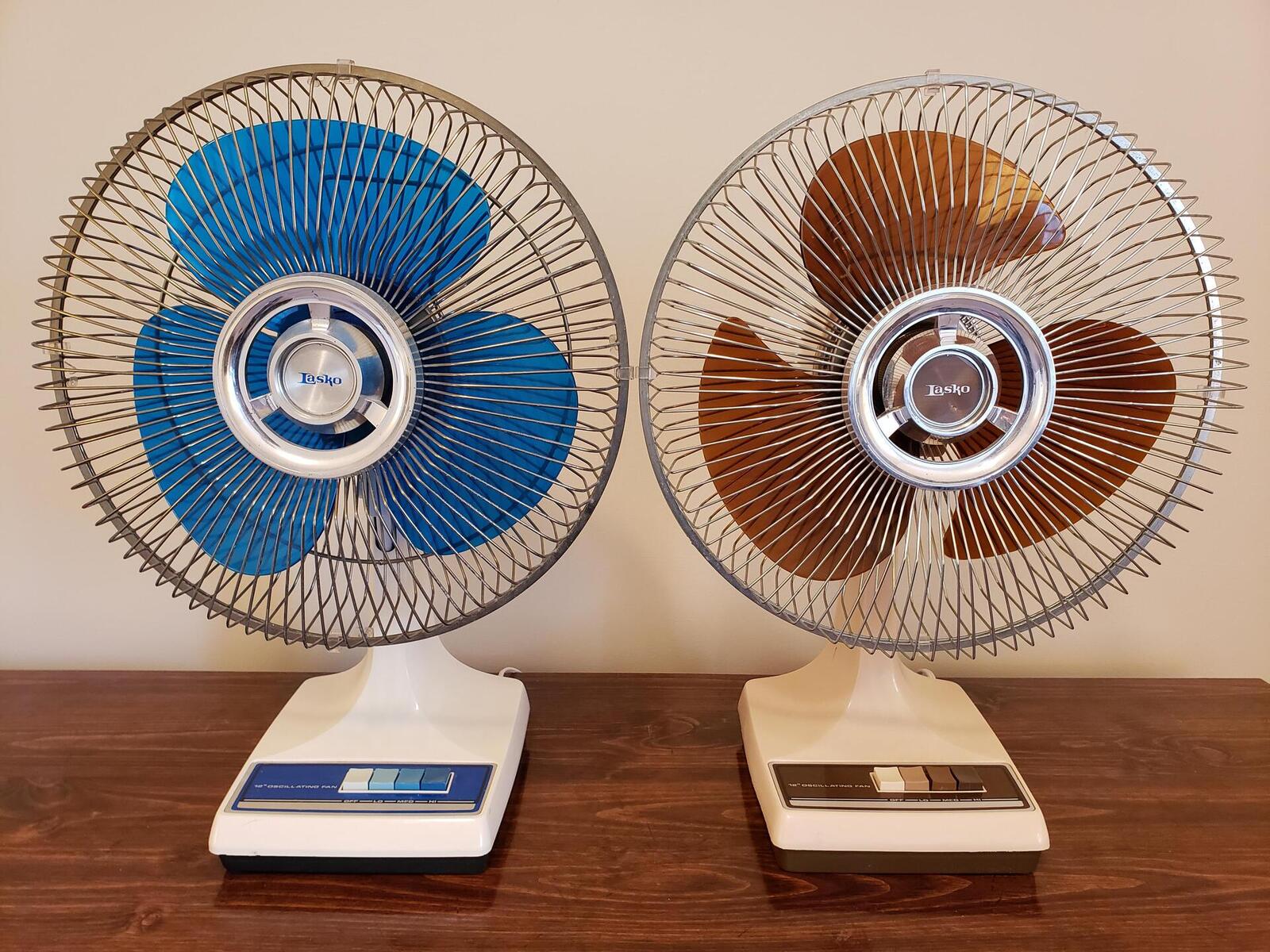
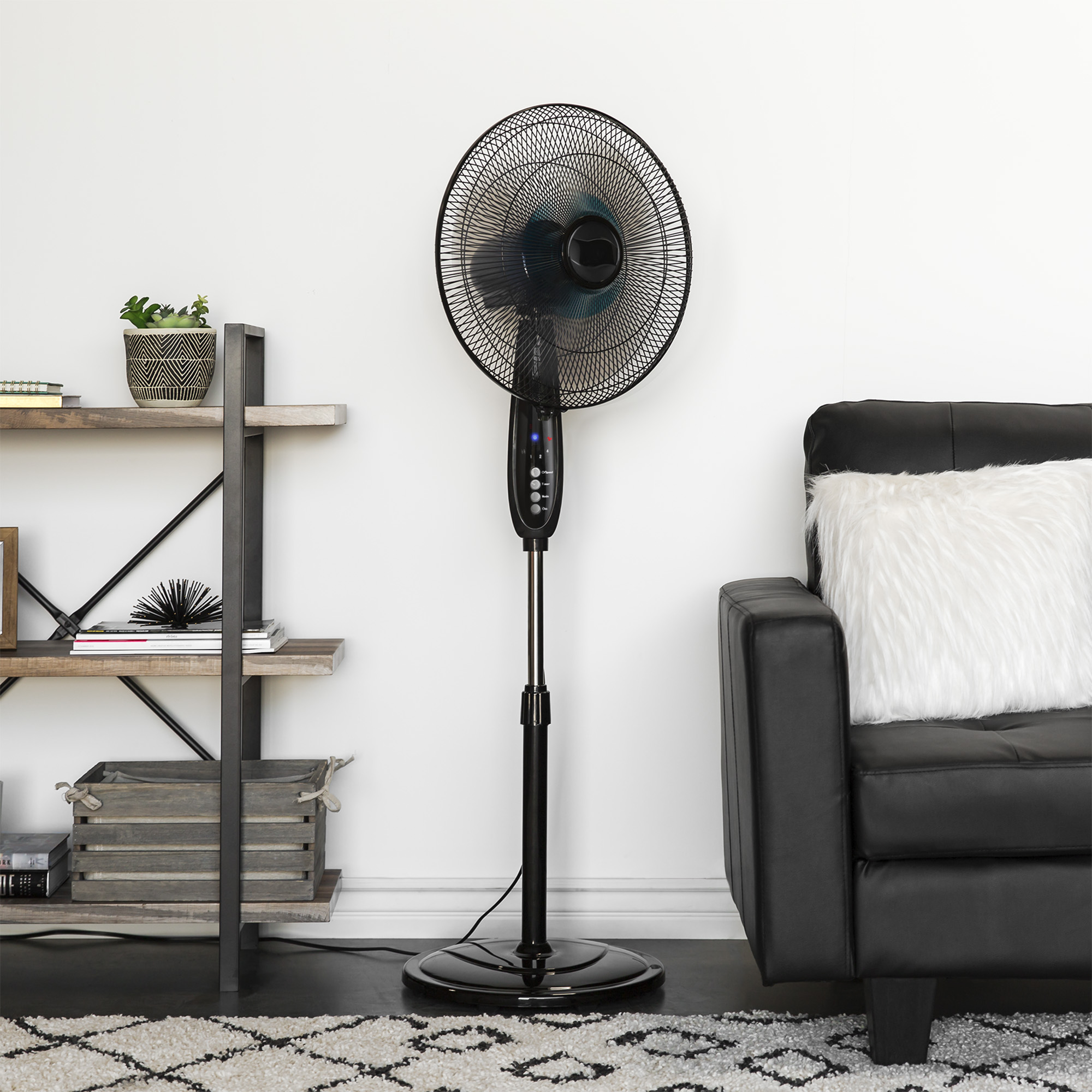
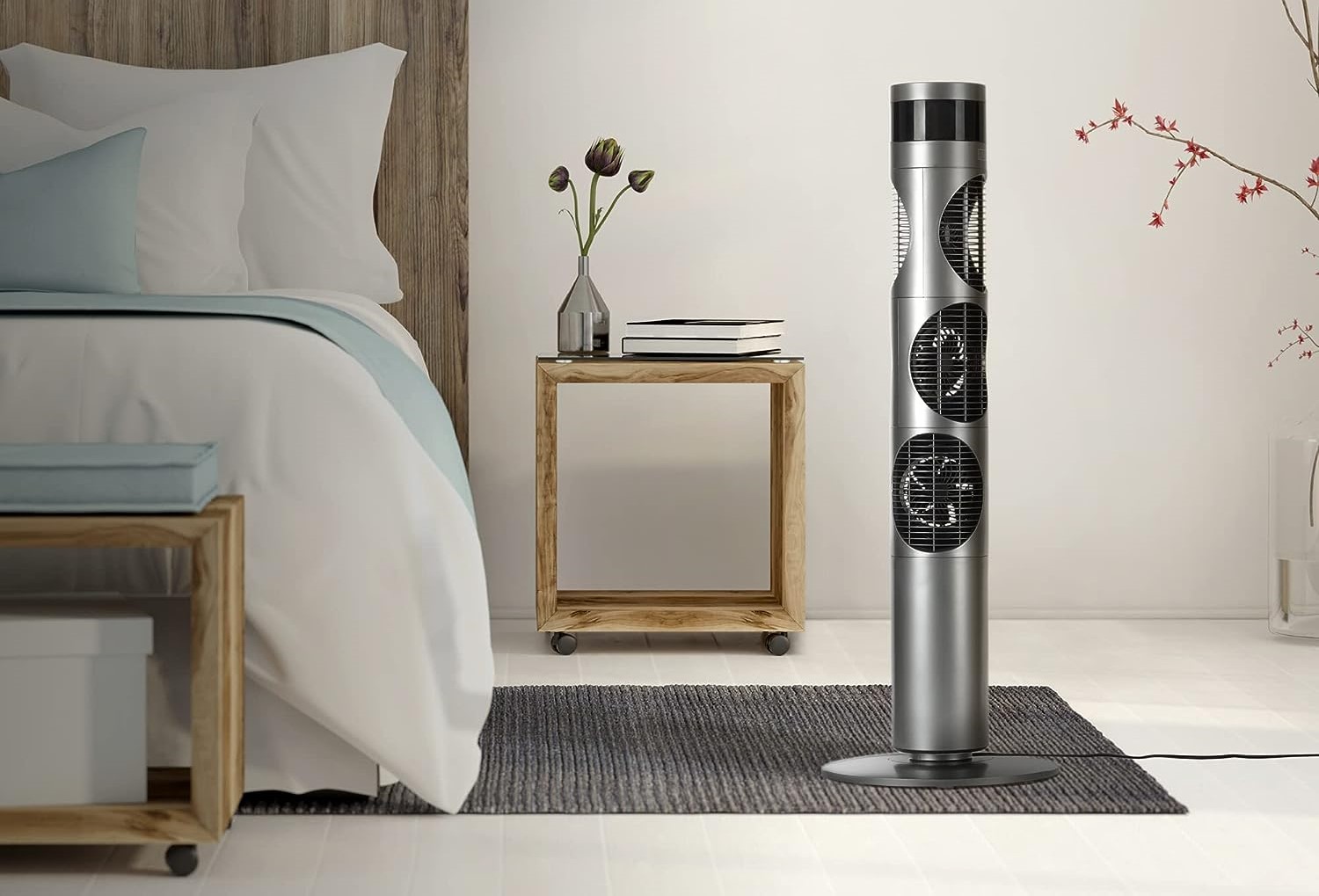
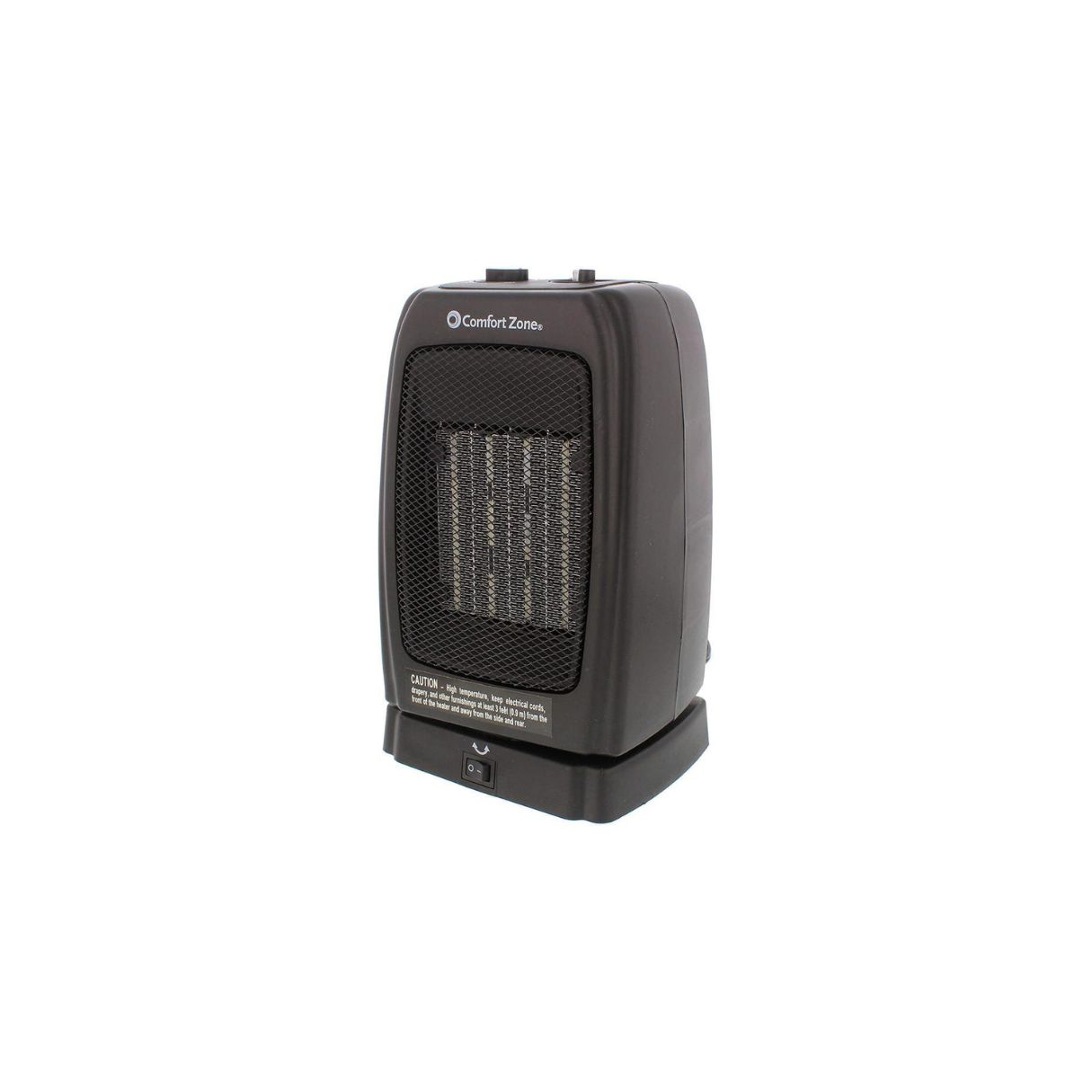

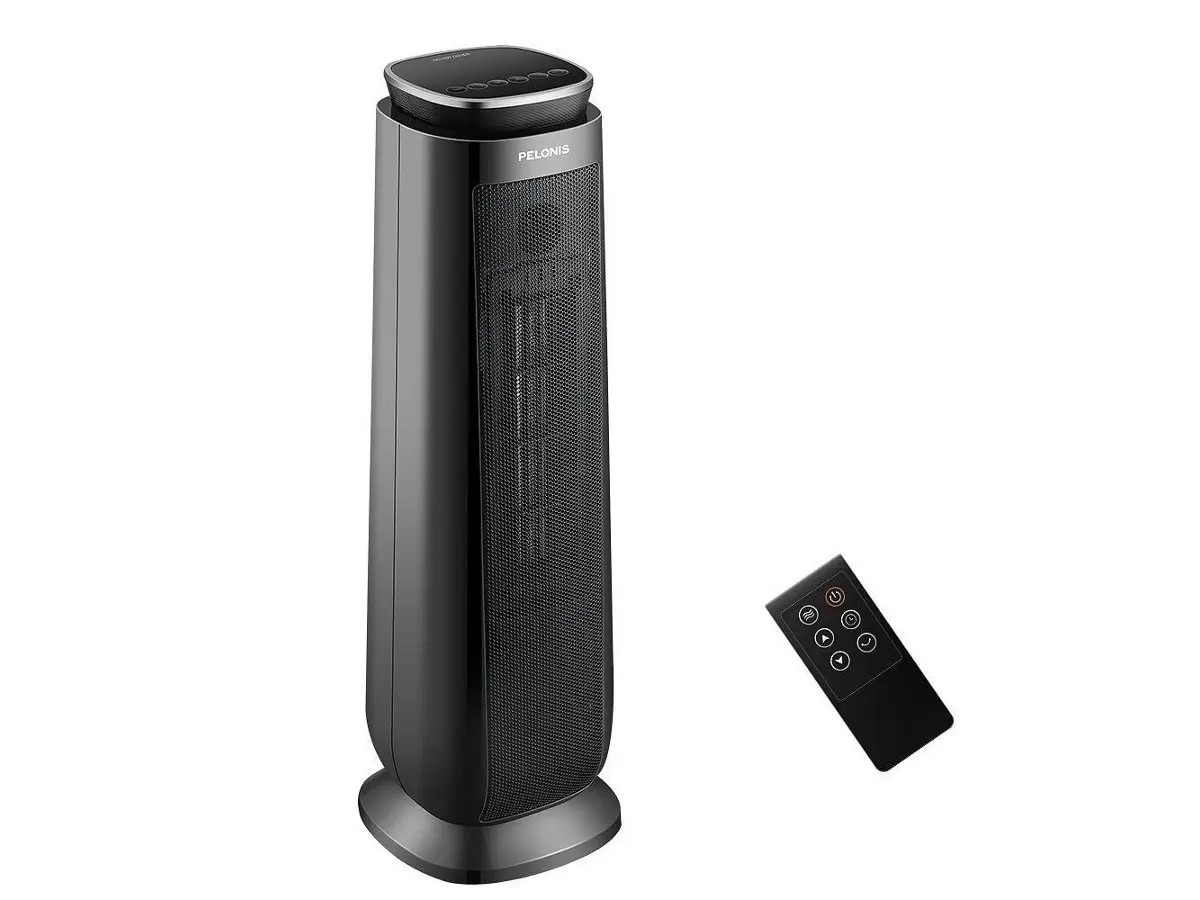
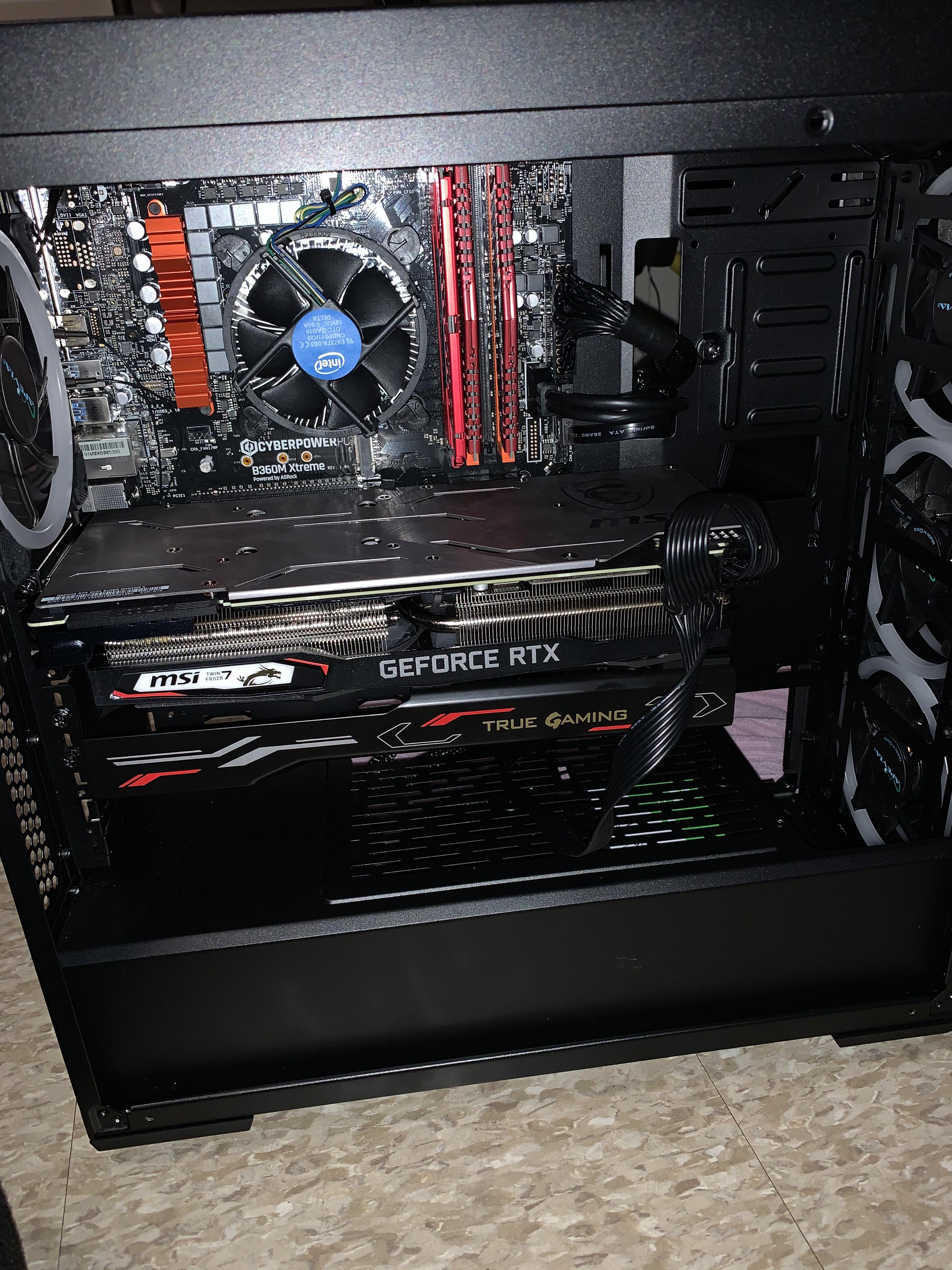
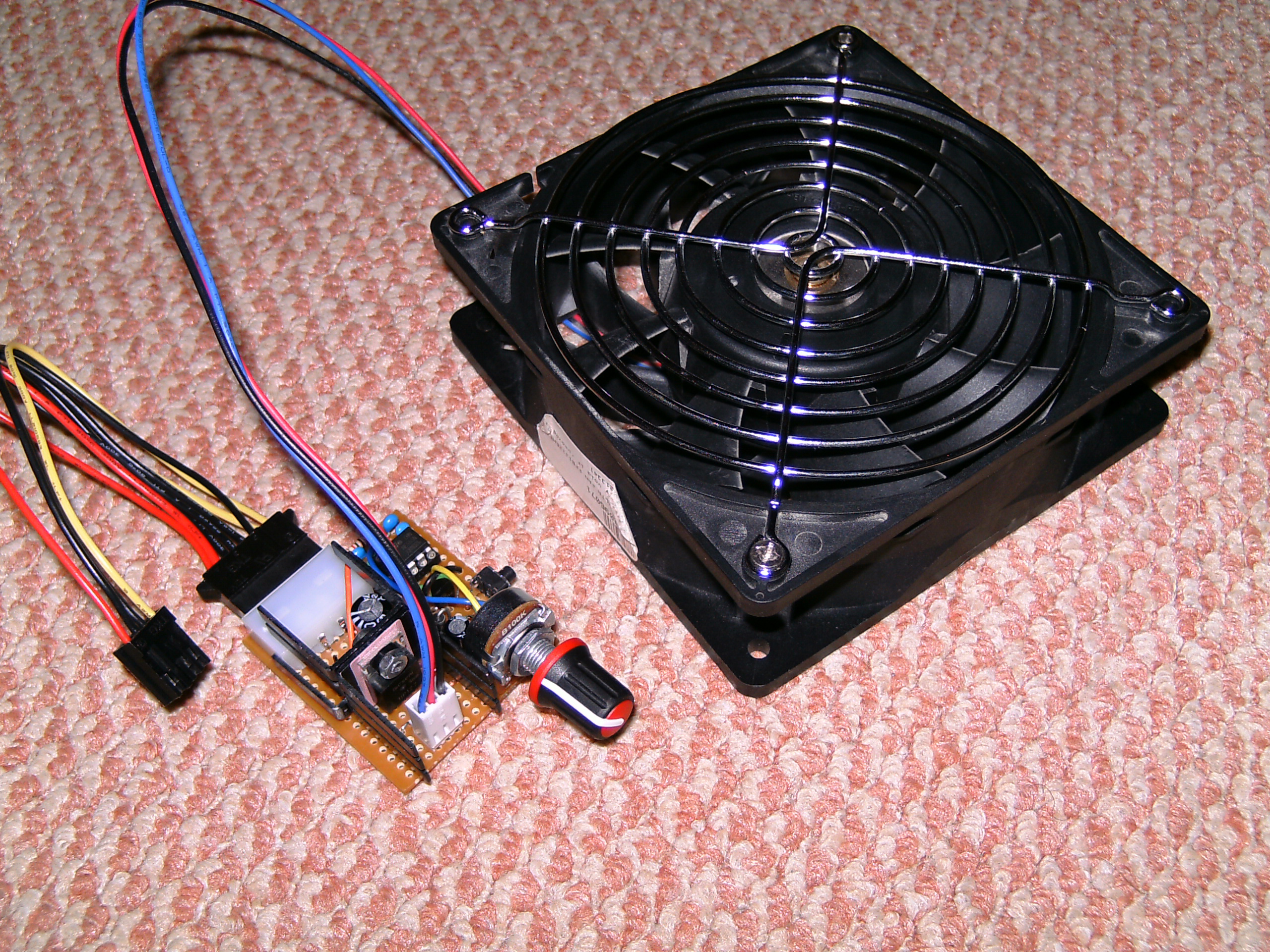
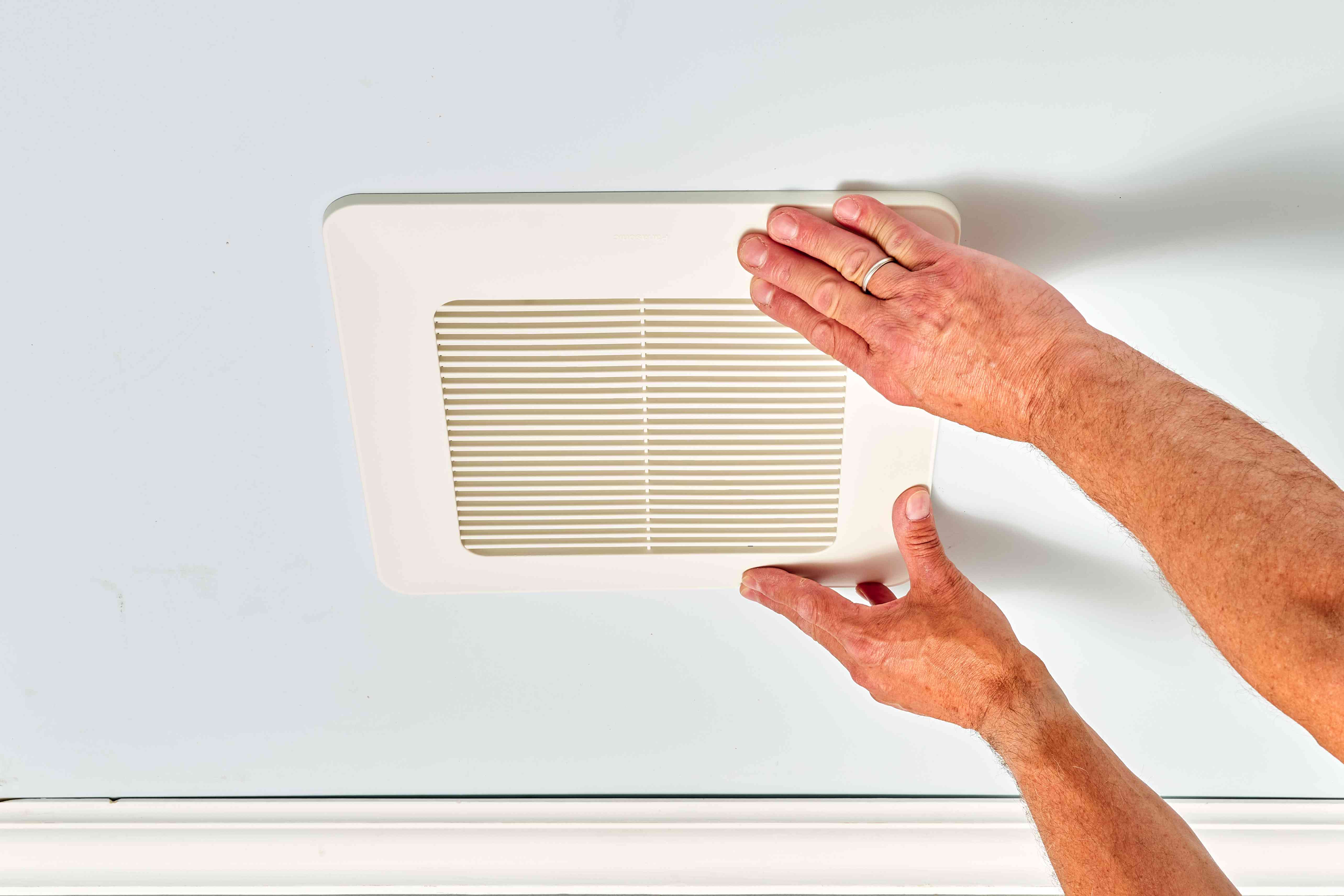
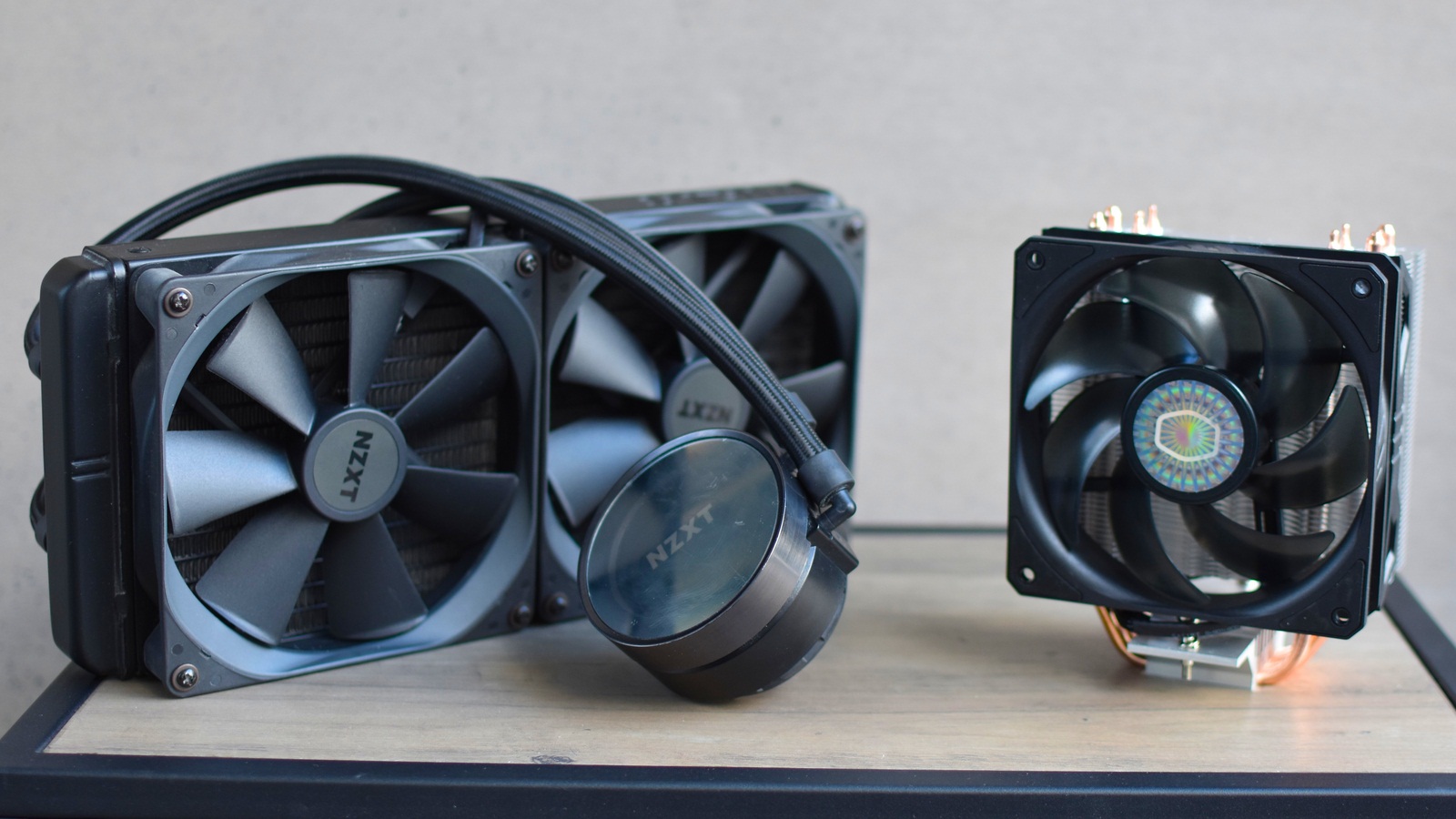
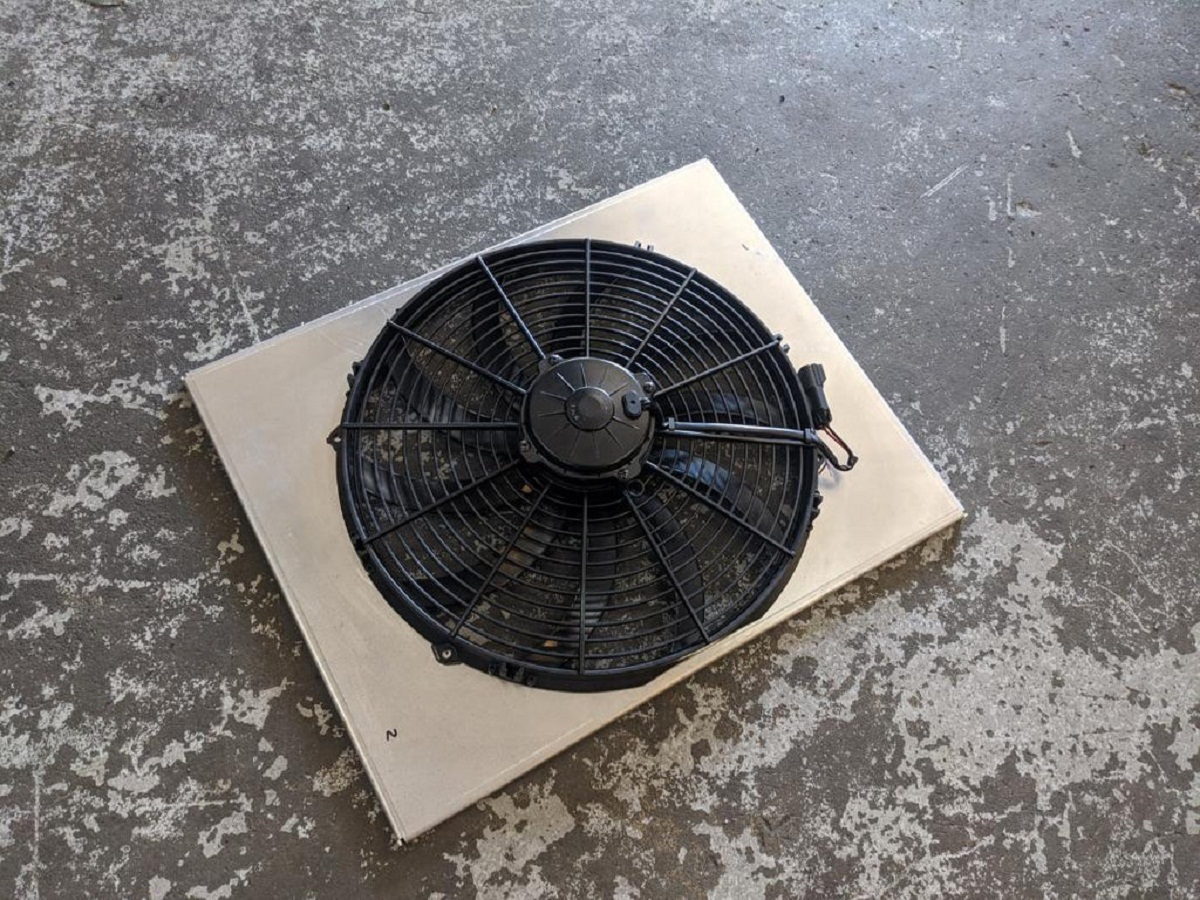

0 thoughts on “What Is A Oscillating Fan”